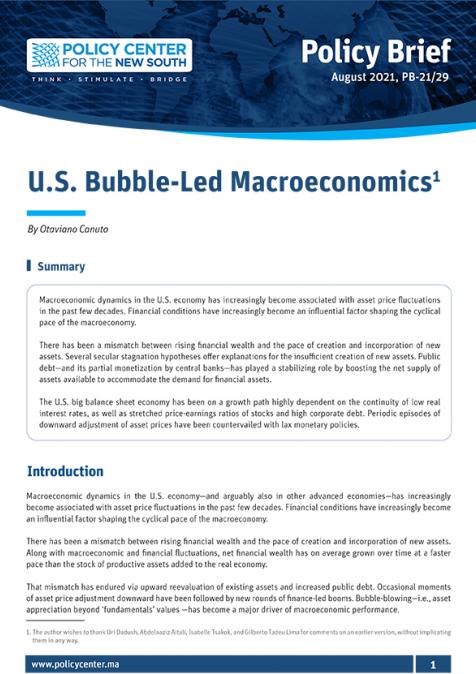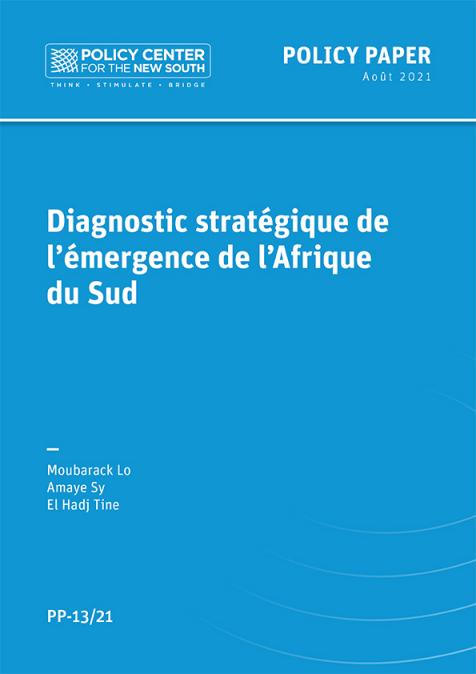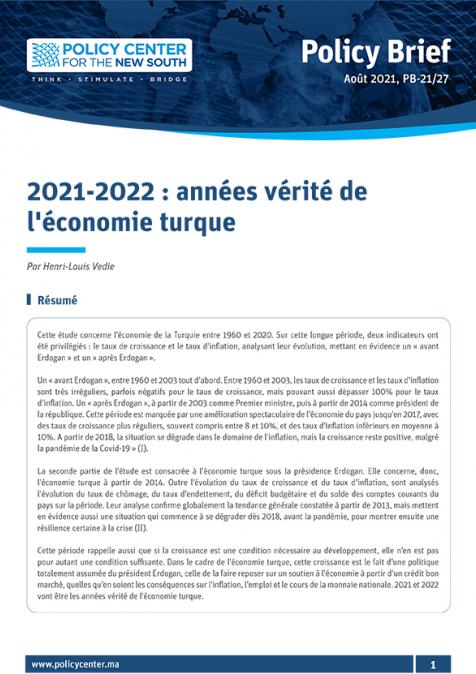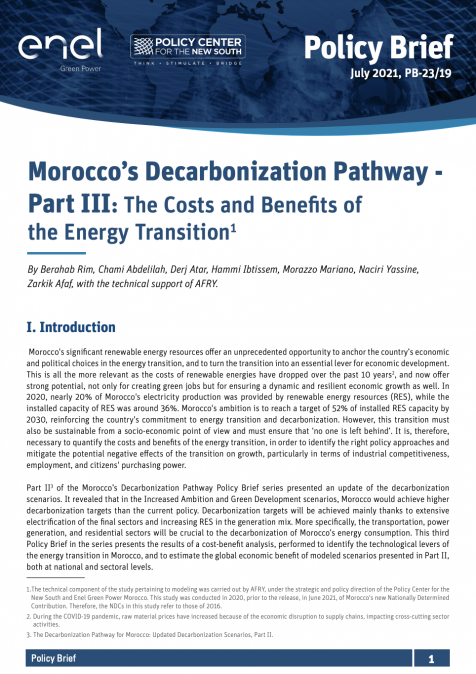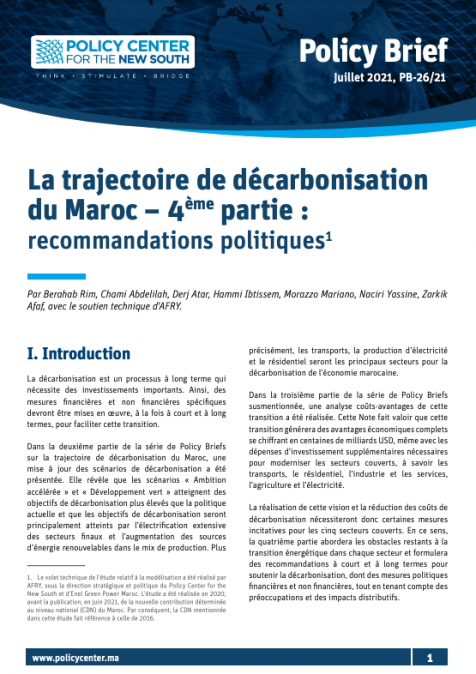Réforme du système monétaire international
Président
- Anoop Singh, Distinguished Fellow, Centre pour le progrès social et économique (CSEP)
Introduction
- Michel Camdessus, ancien directeur général, Fonds monétaire international (FMI) - En ligne
Discutants
- Masood Ahmed, Président, Center for Global Development (CGD)
- Jean-Claude Kassi Brou, Gouverneur, Banque centrale des Etats d'Afrique de l'Ouest
- Pablo Garcia Silva, Vice-gouverneur, Banque centrale du Chili
- Julio Velarde, gouverneur, Banque centrale du Pérou (BCRP)
- François Villeroy de Galhau, gouverneur, Banque centrale de France (BdF)
- Hiroshi Watanabe, président de l'Institut pour les affaires monétaires internationales (IMAI)
Remarques de clôture
- Bernard Snoy, président de l'association Robert Triffin International (RTI)
Discours d'ouverture
Introduit par
- Harinder Kohli, directeur fondateur et directeur général, Emerging Markets Forum (EMF)
- François Villeroy de Galhau, Gouverneur, Banque centrale de France (BdF)
RELATED CONTENT
-
August 24, 2021تجدون أقوى لحظات حديث الثلاثاء حول المواضيع الاقتصادية لهذه السنة : رؤى استشرافية لما بعد الجائحة، الاقتصاد غير المهيكل، دور القطاع الثالث، المغرب وسلاسل القيمة الاقليمية مع خبراء وباحثين اقتصادين. ...
-
Uri Dadush & Afaf ZarkikAugust 13, 2021La Commission Européenne a adopté en Décembre 2019 le pacte vert pour l’Europe, nouvelle stratégie de croissance, visant à mettre l'Europe sur les rails de la transition vers une société ...
-
AuthorsAugust 12, 2021Macroeconomic dynamics in the U.S. economy has increasingly become associated with asset price fluctuations in the past few decades. Financial conditions have increasingly become an influential factor shaping the cyclical pace of the macroeconomy. There has been a mismatch between rising financial wealth and the pace of creation and incorporation of new assets. Several secular stagnation hypotheses offer explanations for the insufficient creation of new assets. Public debt—and its p ...
-
 AuthorsAugust 9, 2021The International Monetary Fund’s tenth annual External Sector Report (ESR, August 2021) shows how current account deficits in the global economy widened in 2020 during the pandemic. On the other hand, the ESR also argues that overall, the misalignment between fundamentals and current account balances has not been exacerbated. The pandemic widened current account imbalances… The sum of absolute values of current account deficits and surpluses went from 2.8% of global GDP in 2019 t ...
AuthorsAugust 9, 2021The International Monetary Fund’s tenth annual External Sector Report (ESR, August 2021) shows how current account deficits in the global economy widened in 2020 during the pandemic. On the other hand, the ESR also argues that overall, the misalignment between fundamentals and current account balances has not been exacerbated. The pandemic widened current account imbalances… The sum of absolute values of current account deficits and surpluses went from 2.8% of global GDP in 2019 t ... -
AuthorsMoubarack LoAmaye SyEl Hadj TineAugust 9, 2021L’objet de ce document est d’effectuer le diagnostic stratégique de l’émergence de l’Afrique du Sud. Ce diagnostic de l’économie sud-africaine a été effectué en s’appuyant sur la théorie de l’émergence économique de Moubarack Lô (2017). Trois indices sont associés à cette théorie, correspondant, chacun, aux dimensions de l’émergence globale. L’Indice synthétique de l’Emergence économique (ISEME) mesure le niveau d’émergence économique atteint par un pays. L’indice composite des Levi ...
-
AuthorsAugust 3, 2021Cette étude concerne l'économie de la Turquie entre 1960 et 2020. Sur cette longue période, deux indicateurs ont été privilégiés : le taux de croissance et le taux d'inflation, analysant leur évolution, mettant en évidence un « avant Erdogan » et un « après Erdogan ». Un « avant Erdogan », entre 1960 et 2003 tout d'abord. Entre 1960 et 2003, les taux de croissance et les taux d'inflation sont très irréguliers, parfois négatifs pour le taux de croissance, mais pouvant aussi dépasser ...
-
AuthorsChami AbdelilahDerj AtarHammi IbtissemMorazzo MarianoNaciri Yassinewith the technical support of AFRYJuly 29, 2021As decarbonization is a long-term process and requires significant investments, specific financial and non- financial measures will need to be implemented, both in the short and long term, to facilitate this transition. In Part II of Morocco’s decarbonization pathway Policy Brief series, an update of the decarbonization scenarios was presented. It revealed that the Increased Ambition and Green Development scenarios achieve higher decarbonization targets than current policy. It showe ...
-
 AuthorsJuly 28, 2021Elon Musk, owner of the electric car company Tesla, declared in February that his company would accept the digital currency Bitcoin, as a payment method. The news lifted the shares of the carmaker by around 20%. Three months later, Musk reversed his decision, sold 10% of his Bitcoin holdings and raked in the modest sum of $100 million. Economist and Senior Fellow at the Policy Center for the New South Henri-Louis Vedie noted in his Policy Brief, Bitcoin, a Speculative Virtual Curren ...
AuthorsJuly 28, 2021Elon Musk, owner of the electric car company Tesla, declared in February that his company would accept the digital currency Bitcoin, as a payment method. The news lifted the shares of the carmaker by around 20%. Three months later, Musk reversed his decision, sold 10% of his Bitcoin holdings and raked in the modest sum of $100 million. Economist and Senior Fellow at the Policy Center for the New South Henri-Louis Vedie noted in his Policy Brief, Bitcoin, a Speculative Virtual Curren ... -
 AuthorsJuly 28, 2021On July 21, the Official Monetary and Financial Institutions Forum (OMFIF) published its eighth annual report on Global Public Investors (GPI). It included a survey the asset allocation plans of reserve managers of central banks, sovereign wealth funds, and public pension funds. Together, the 102 investors who responded to the survey manage $42.7 trillion in assets (Figure 1). Source: OMFIF analysis (GPI 2021). The survey highlighted notable changes in the composition of portfol ...
AuthorsJuly 28, 2021On July 21, the Official Monetary and Financial Institutions Forum (OMFIF) published its eighth annual report on Global Public Investors (GPI). It included a survey the asset allocation plans of reserve managers of central banks, sovereign wealth funds, and public pension funds. Together, the 102 investors who responded to the survey manage $42.7 trillion in assets (Figure 1). Source: OMFIF analysis (GPI 2021). The survey highlighted notable changes in the composition of portfol ... -
AuthorsChami AbdelilahDerj AtarHammi IbtissemMorazzo MarianoNaciri Yassinewith the technical support of AFRYJuly 23, 2021La décarbonisation est un processus à long terme qui nécessite des investissements importants. Ainsi, des mesures financières et non financières spécifiques devront être mises en œuvre, à la fois à court et à long termes, pour faciliter cette transition. Dans la deuxième partie de la série de Policy Briefs sur la trajectoire de décarbonisation du Maroc, une mise à jour des scénarios de décarbonisation a été présentée. Elle révèle que les scénarios « Ambition accélérée » et « Dévelop ...



